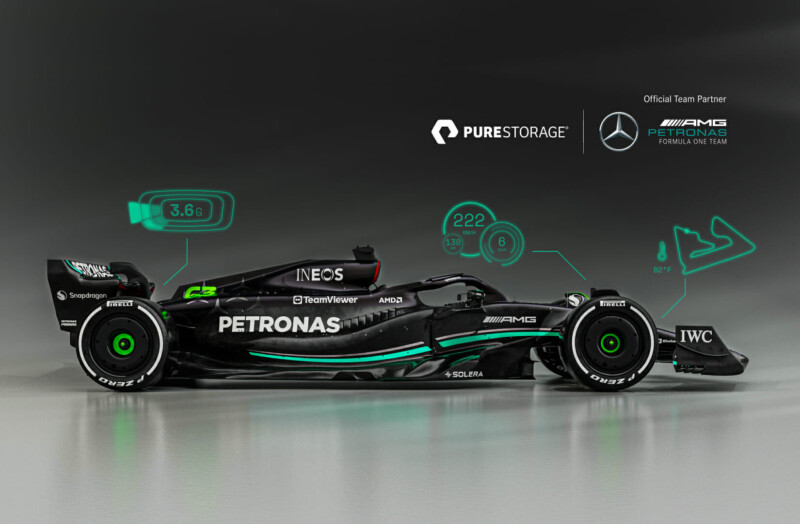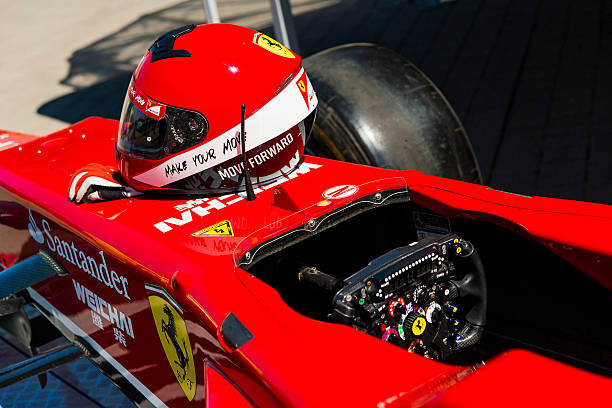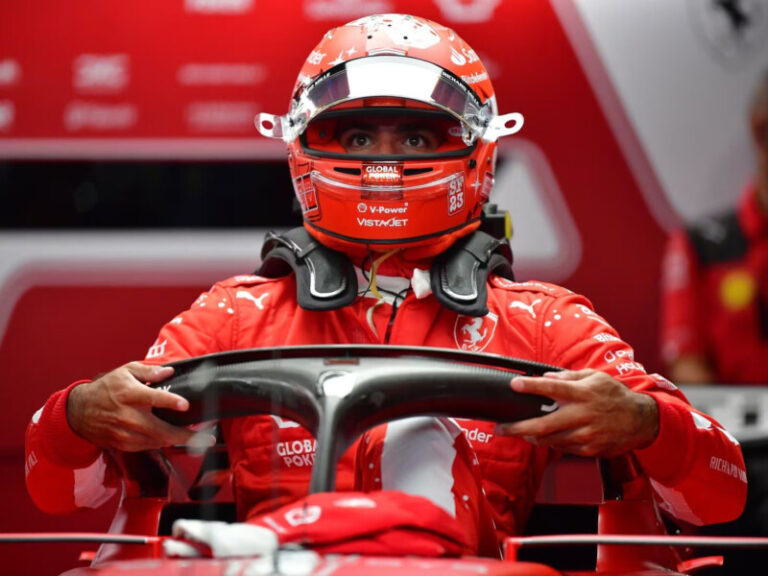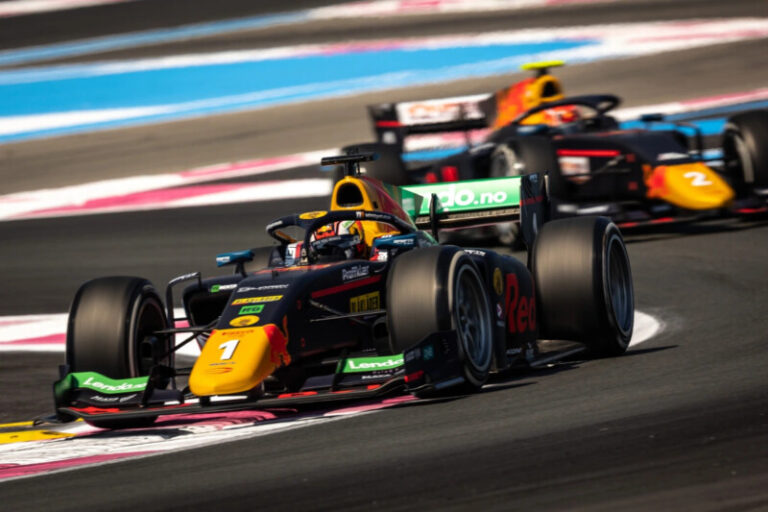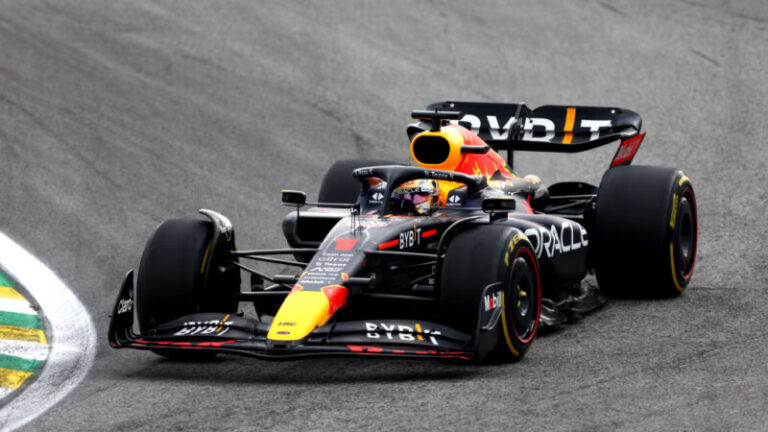How Much Does an F1 Car Really Cost?
As an avid Formula 1 fan, I’ve always been fascinated by the incredible machines that race around the circuits of the world. Watching them scream past in a blur of carbon fiber and power, I’ve often wondered – how much does an F1 car really cost to build?
After doing some research, I’ve discovered that the total cost of an F1 car is staggering – most teams spend around $15 million or more to design and produce a single car for the season. However, this cost can vary quite a bit depending on the team’s budget and goals.
In this article, I’ll provide a detailed breakdown of the major expenses that go into building one of these high-tech racing beasts. Let’s look under the hood and examine what makes them so expensive to create.
The Powerful Heart: F1 Car Engines

The engine is the thundering powerhouse of an F1 car, allowing it to reach incredible speeds. It’s also the single most expensive component.
F1 engines can cost anywhere from $4 million up to $10 million. Teams invest heavily in engine development since it directly impacts the car’s overall performance.
Modern F1 engines are 1.6 liter turbocharged V6s, optimized for high RPM operation. Despite their small size, they regularly produce over 750 horsepower while maintaining 29% fuel efficiency.
The Mercedes and Ferrari factory teams design their own bespoke engines. Other teams like McLaren outsource their power units from manufacturers like Honda, saving up to 10% in engine costs.
Durability is a major factor as engines need to last multiple races before being rebuilt. Exotic materials like titanium valves and connecting rods ensure strength under high stresses.
Engineering a Lightweight Chassis: The Monocoque
Serving as the core skeletal structure of the car, the monocoque chassis must be both extremely lightweight and rigid. Meeting F1’s minimum weight limit of 733 kg is critical for optimal handling.
Constructed from carbon fiber composite, the tub-like monocoque provides safety for the driver while remaining lightweight.
On average, carbon fiber costs around $21.5 per kg. For an entire F1 monocoque, costs run from $300,000 up to $650,000. Despite the price, structural integrity necessitates using premium materials.
Many teams outsource initial chassis production to specialists like Dallara, then perform optimizations in-house to shave off every possible gram of weight. Less mass improves acceleration, braking, and cornering.
Cutting Through the Air: Rear Wings & Aero

Generating substantial downforce is crucial for achieving the immense cornering speeds seen in Formula 1. Sophisticated aerodynamic elements like the rear wing adjust airflow to push the car into the track.
An F1 rear wing alone costs around $150,000 when sourced from top parts manufacturers like Pankl. The wing is carefully profiled to produce maximum downforce with minimal drag.
Other aero bits like barge boards, side pods, splitters and diffusers further shape the airflow for optimal performance. Exotic materials like titanium are used to withstand forces.
Teams run complex CFD simulations and wind tunnel tests to analyze aero design. Even minor tweaks can gain vital time over a race distance.
Lightning-Fast Gear Shifts: The Seamless Gearbox
Capable of shifting gears in just 8 milliseconds, an F1 car’s seamless gearbox delivers near-instant power delivery. This racing transmission is a marvel of engineering.
The carbon-titanium composite gearcase houses 8 forward and 1 reverse gear. It seamlessly engages the next ratio without interrupting torque – key for blistering acceleration.
Developing the sophisticated gearbox costs around $450,000. Teams may spend an additional $160,000 per season to optimize and upgrade it further as power units evolve.
Mercedes pioneered the first seamless gearbox back in 1989. This transmission technology has stood the test of time and remains a vital F1 innovation.
Premium Fuel Flowing Freely

Formula 1 cars guzzle enormous quantities of high-octane race fuel over a season. For the hybrid V6 engines, only specialized gasoline will do.
Teams purchase about 200,000 liters of fuel per year at around $2.50/liter, meaning they spend close to $500,000 on gas alone. Fuel usage is carefully monitored to avoid exceeding strict hourly flow limits.
The ATL fuel cell bladder holding all this expensive go-juice costs on the order of $140,000. Its flexible polymer construction and safety foam provide protection in crashes.
Fuel is truly the lifeblood flowing through these million-dollar machines. Without it, the power, speed and excitement simply wouldn’t be possible.
The Cost of Crashes: Repairs Add Up Quickly
Even minor collisions incur big bills when repairing delicate F1 cars. Entire sections often need replacement after run-ins with walls or other cars.
According to Mercedes’ Toto Wolff, repairing accident damage costs around $550,000 on average. This includes rebuilding or replacing wings, chassis, suspension, and power unit components.
With only a few days between race weekends, quick turnarounds are crucial. Teams maintain large component inventories to enable rapid repairs.
Despite sky-high bills, safety comes first in F1. Drivers emerging unscathed is far more important than any financial considerations.
Itemized Cost Breakdown of an F1 Car
To summarize, here’s an overview of the typical costs that factor into building up an F1 car:
- Engine: $4 million – $10 million
- Chassis/Monocoque: $300,000 – $650,000
- Rear Wing Assembly: $150,000
- Gearbox: $450,000 + $160,000/season
- Fuel (per season): $500,000
- Fuel Cell: $140,000
- Average Crash Damage: $550,000
Other expenses like hydraulics, electronics, cooling, tires, machining, R&D quickly add up. Top teams invest hundreds of millions per year attempting to gain the slightest edge over rivals.
Why Invest in F1 Cars?
Looking at these staggering prices, you may wonder – why do teams pour so much money into building these exotic cars?
The total basic cost of an F1 car runs around $15.5 million. But this huge investment is justified by the massive exposure and branding benefits F1 provides.
Sponsorship and advertising generate hundreds of millions in revenue for top teams like Mercedes and Red Bull. The sport reaches over 400 million viewers globally.
Massive television and media presence incentivizes car manufacturers to compete in Formula 1. Success on track translates into increased perception and sales.
Additionally, racing accelerated road car development – gains made through F1 engine and aero research trickle down to benefit production vehicles.
So while the upfront cost is astronomical, the long-term dividends make fielding an F1 team highly worthwhile for manufacturers and sponsors. The innovation bred through competition continually pushes boundaries while enabling rapid knowledge transfer to consumers.
Conclusion: The Pinnacle of Motorsport Doesn’t Come Cheap
As this breakdown illustrates, creating a Formula 1 car requires an enormous financial investment – well over $15 million for a basic, competitive package. Every component must utilize exotic materials and precision engineering to extract maximum performance.
Yet the astronomical price produces equally astonishing vehicles, capable of staggering speeds through cutting-edge technology. Watching them perform at the limit of traction truly justifies the costs for fans like myself.
The entire sport wouldn’t be possible without the huge budgets provided by sponsors, manufacturers, and wealthy team owners. Their desire to compete and innovate drives continuous progress at the bleeding edge of automotive engineering.
While only the elite can afford to play, F1 perfectly embodies pure racing spirit and technical ingenuity. The cost is quickly forgotten once the lights go out and these mechanical masterpieces begin unleashing their full potential.

